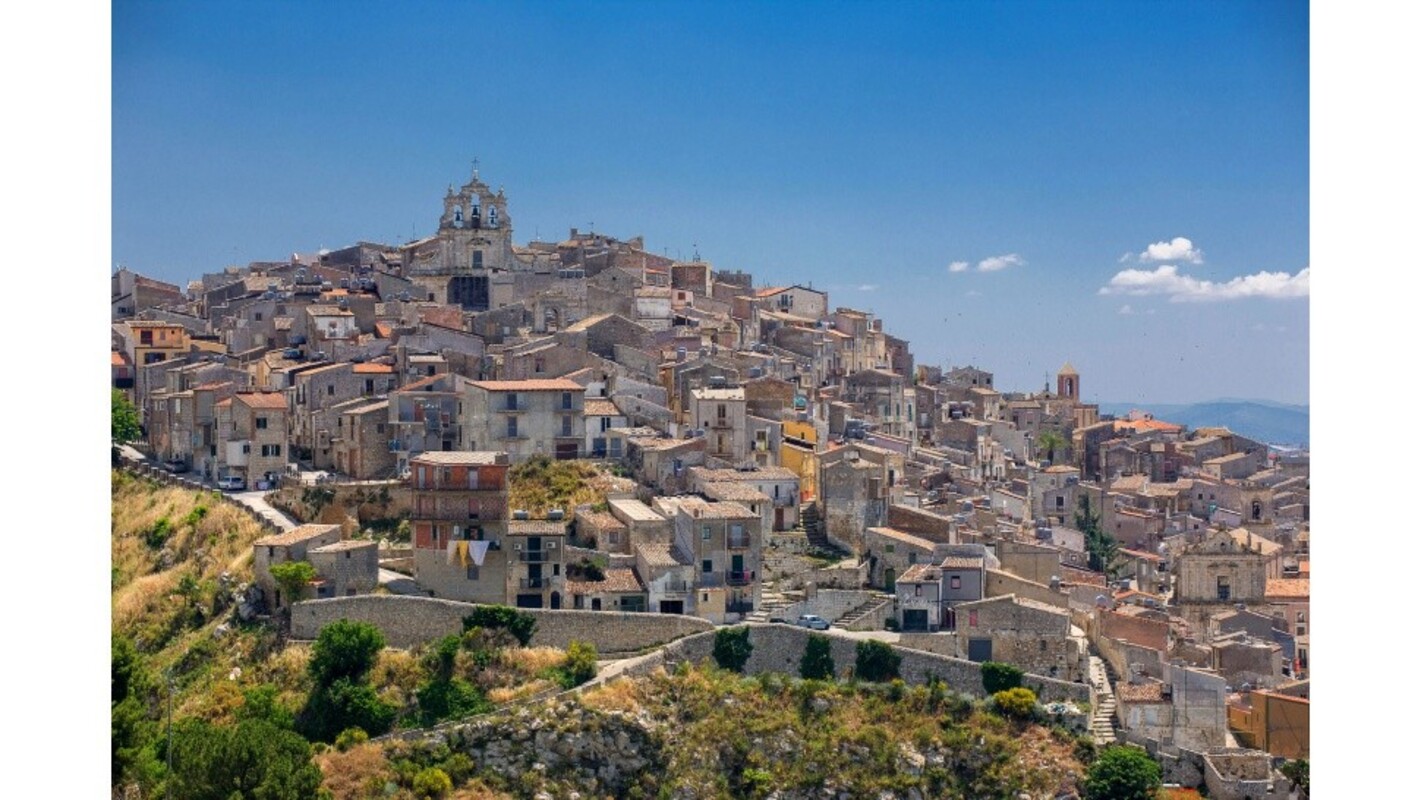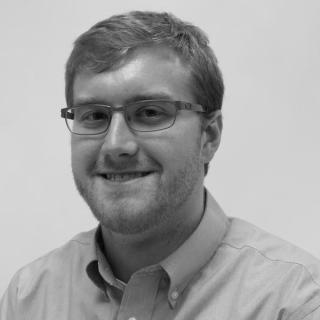
How Dr. Ana Pujols McKee found a way in healthcare
Dr. Ana Pujols McKee’s path to healthcare leadership was full of obstacles, but she found a way.
In leadership and life, the Joint Commission’s Dr. Ana Pujols McKee is used to seeing closed doors. But rather than let those doors define her, Pujols McKee has always found a way through no matter the situation.
“You can’t let closed doors determine your destiny,” she told AL DÍA in a recent interview as she was honored as its 2022 AL DÍA Archetype of Health for its Hispanic Heritage Awards. “You’ve got to find a way to get around that door, get around that person who says you’re not the candidate.”
Throughout life, those doors showed up in many different forms.
The painter, carpenter
Born to Puerto Rican parents in the South Bronx, they arrived in the neighborhood in the late 1950s.
Pujols McKee’s mom was a teacher whose career in education was cut short to raise her family while her father came to the U.S. mainland to attend what was then the General Electric School of Electronics to become an electrician.
That was the plan until real estate entered the picture, and the South Bronx’s landscape of abandoned and condemned buildings at the time became the land of opportunity.
Pujols McKee’s parents would buy a condemned property, refurbish and renovate it, and then New York City law required owners to live in the property for a year before being able to rent it out.
The effect on Pujols McKee’s childhood was two-fold. For one, it meant there was a lot of moving for her and her two sisters, as the family shifted from one renovated property to the next before putting it on the market for rent. The other effect pertained to what became common childhood activities for Pujols McKee as her parents renovated properties.
“I became the painter, the carpenter,” she said. “My childhood is not so much in the playground, but it’s about getting the ladder, climbing up, and painting the ceiling.”
Thinking big since 10
As the properties multiplied, Pujols McKee’s dreams as a physician came into view at the ripe age of 10 years old. In her view, she was to put an office in one of the many rowhomes her parents acquired and open a health clinic for the South Bronx.
“I’ve always thought large in terms of what I would do in healthcare,” said Pujols McKee
When it came to what made her choose healthcare, she didn’t have an epiphany of sorts, but a combination of influences.
“I got to it by understanding that I needed to be educated, I needed to serve, and the community needed it a lot,” she said.
The first influences were her parents, who always instilled the value of education and aimed high for their daughters. Beyond Pujols McKee, who became a doctor, her sisters were teachers.
The second was the South Bronx itself, which Pujols McKee described as in a state of “terrible decay” given the drug addiction, violence and squalor found throughout the communities that resided there.
The third and final healthcare disparity piece came as she got older, and saw how difficult it was for someone like her to enter the healthcare world. That view changed as she got involved with ASPIRA in high school — where she was part of the school’s first integrated class and started its first ASPIRA Club for students.
The organization was one that focused on cultural pride and knowledge of one’s history, specifically for Puerto Rican students. Pujols McKee described it as a “tonic that really helped me as an individual be more confident.” Her parents had instilled her with the attitude of ‘the sky’s the limit,’ but the world to that point had said otherwise.
“ASPIRA for me was an affirmation of ‘yes, there are no boundaries,’” said Pujols McKee.
In another future-shaping experience from high school, she and other diverse classmates were also invited by medical students at the Albert Einstein College of Medicine to spend Saturdays at the college touring the facilities and learning about a potential future in medicine.
“It started to become more and more obtainable,” said Pujols McKee of her dreams of a future in medicine.
However, more doors still stood in her way.

Doors take many forms
The first came in high school in the form of a guidance counselor tasked with giving Pujols McKee a path to college, which she wanted. Every Wednesday of her senior year, Pujols McKee would visit the counselor’s office and be met with the same response of nothing being available in the realm of higher education.
That changed the day she arrived at the counselor’s office to see a group of white students meeting with a recruiter from The State University of New York at Binghamton. The counselor tried to shoo Pujols McKee from the office, but the recruiter allowed her to stay. From that chance encounter, Pujols McKee got into Binghamton and began her higher ed career.
“It still hurts me to think that a human being would deny a young person opportunity,” she said of her former high school counselor.
The next door arrived while at Binghamton in the form of the Vietnam War, which brought college campuses to a standstill as students came out in force against the conflict. The situation on Binghamton’s campus derailed Pujols McKee’s medical school plans. She settled for graduating with a degree in psychology and took a job in a psychiatric center in Syracuse.
At the center, she met a woman who told her she had worked there for 16 years, and “it was like a bucket of water” for the young psychologist with medical dreams.
“I gotta get up, I gotta find a way and follow a dream that I was in pursuit of,” said Pujols McKee.
Her way around the door of not having pre-med requirements was a scholarship from Connecticut College that allowed her to eventually attend medical school in Philadelphia, where she specialized in internal medicine.
Formative Philly years
She did her residency at what was then Presbyterian Hospital before graduating and taking on a director role at an outpatient facility that served a large number of community members.
“That was my rowhouse with my little community,” said Pujols McKee. “The clinic was basically an opportunity to build my leadership skills as a physician.”
RELATED CONTENT
In addition to running the community clinic, Pujols McKee also began attending classes at Penn’s Wharton School of Business to build her management prowess.
Eventually, Pujols McKee was tapped by the Philadelphia Department of Health to be the director of its ambulatory network. The city was unique at the time in its efforts to deliver primary care to patients in communities that couldn’t afford primary insurance. It had nine facilities across the city to deliver the service.
“That whole idea of building something bigger that provides care for more people, that was my appeal to always do more for not just the patient in front of me, but for patients in general,” said Pujols McKee
The door at Philly’s Public Health Department was that it was often underfunded, requiring leaders to get creative when finding solutions to problems. A proud solution she developed alongside the American Cancer Society was to put mammograms on the road in a mobile van unit to go into underserved communities and screen women for breast cancer.
“I still look back at those days as perhaps my formative days,” said Pujols McKee.
The city also gave her the opportunity to understand and interact with many different parts of the healthcare system.
“The more I understand different aspects of healthcare, the better leader I will become,” was Pujols McKee’s attitude.

Penn to Joint Commission
From the city, she returned to the place where she got her start in Penn Presbyterian as its first chief medical officer. By then, she was a seasoned leader in Philadelphia’s healthcare ecosystem, but still one of its few leaders of color. That’s been true throughout her career.
“It’s rare to enter an environment where there’s broad diversity at the leadership level,” said Pujols McKee. “I’m not alone, but many people of color, what we are experts at are entering those environments.”
Despite the lack of diversity, Pujols McKee has prided herself on her ability to build relationships through sincerity.
That took on a whole new level when she joined the Joint Commission in 2011. When grasping its work and scope, the place brought back visions of a dream from long ago.
“In my mind, I went from a three-rowhouse clinic to having influence nationally on improving quality and safety,” she said.
Eleven years on and a pandemic still lingering, Pujols McKee said the work at the Joint Commission “continues to be extremely important, and there’s still much work to be done.”
In the aftermath of the gap in healthcare exposed by the pandemic, the Joint Commission issued a number of basic requirements for healthcare organizations to better deal with some of the disparities. Pujols McKee’s ongoing hope is that they will be adopted on a wide scale.
However, to get the change the world really needs and deserves after a once-in-a-lifetime health emergency, more leaders like Pujols McKee are also required in the healthcare industry. She plays a large role in making sure there continues to be a pipeline.
“I encourage them to not give up,” Pujols McKee said to the next generation. “Doors tend to close in front of us. My answer to that is find a way, use it as an opportunity, as a challenge.”











LEAVE A COMMENT:
Join the discussion! Leave a comment.